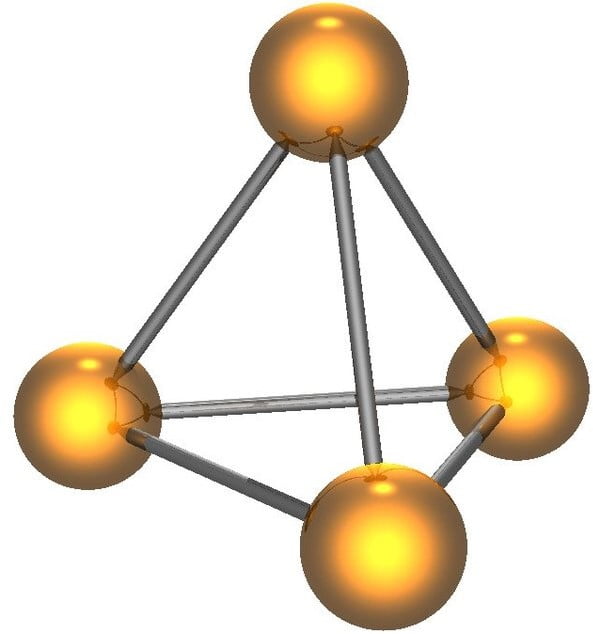
Infant exposure to organo-phosphorus FRs (OPFRs). A study of 259 children aged 3.5 years and 388 mothers in France (ELFE cohort) found nine OPFRs (out of 15 analysed) in at least one fifth of hair samples. DEEP, TEHP, TiPP, TMP, TOCP and TXP were not significantly detected. The highest mean levels were for TCPP (272 ng/g) and TDCPP (54 ng/kg), both chlorinated organo-phosphates, and 70 ng/kg for TPP. Exposure was correlated to levels of brominated flame retardants found in hair, maternal BMI body mass index (obesity), recent home renovations, certain floorings (parquet, lino), and were inversely correlated to socio-economic status. Exposure to some OPFRs was, surprisingly, positively correlated to time spent outdoors and negatively to time spent on electronic devices. The leves reported are similar to an earlier study (Kucharska, Norway, 2015, DOI) but the specific OPFRs identified are different. The correlation with flooring materials may result from use of the OPs in varnishes, not as flame retarants.
“Pre- and post-natal exposure of children to organophosphate flame retardants: a nationwide survey in France”, Z. Chupeau et al., Environment International (2022), https://doi.org/10.1016/j.envint.2022.107435
Review: organo-phosphorus FRs in air and atmospheric transport. 30 pages. 120 references are used, from 400 identified, with data on OPFR levels in 24 of these. The dominant OPFRs found in the atmosphere are the chlorinated FRs TCPP and TCEP. The authors suggest that atmospheric levels of OPFRs may be underestimated because of sampling artefacts related to losses from air filters, flow rate and weather impacts. Concentrations of nearly 100 pg/m3 have been measured in the Antarctic, suggesting long-distance atmospheric transport. Atmospheric breakdown products of some OPFRs may be more toxic and persistent that the parent compound, e.g. diester metabolites of TPhP, TCPP, TDCPP. Gaseous versus airborne particulate partitioning depends on OPFR type.
“An Overview: Organophosphate Flame Retardants in the Atmosphere”, H-C Kung et al., Aerosol and Air Quality Research (AAQR) 2022 https://doi.org/10.4209/aaqr.220148
Packaging shows as main source of organophosphate esters (OPEs) in food in China. Approx. 230 packaged and 60 fresh food product samples collected across China were analysed for fourteen OPEs using a new solid-phase extraction method. 50 food packaging materials and 16 food additives were also analysed. Four OPEs were often non detectable (CDP, TPrP, RDP and TDBIPP) Cereals were the principal intake source of OPEs (around ¾ of intake) and the highest estimated dietary intakes (EDI) were for the two chlorinated esters analysed (TCEP, TCIP), together accounting for over 40% of total estimated OPE EDI (65 ng/kg body weight). Results show little OPE contamination in food additives, but significant in packaging materials, in particular for TPhP, TCIPP, TCEP and EHDPP.
Possible ecological risk from organo-phosphate esters (OPEs) in South China Sea are not related to FRs. Eleven OPEs were analysed in fifteen coastal water and river inflow sites in the Beibu Gulf, South China Sea. TNBP and TIBP were the dominate OPEs found, but with variations between seasons and between sites. Total concentrations of OPEs varied from c. 80 to nearly 400 ng/l. The primary source of OPEs was identified to be fishing vessels and similar (e.g. shipyards, mariculture). TNBP is mainly used in lubricants and pressure fluids. The authors conclude that of the individual OPEs found, only TNBP may pose ecological risks to aquatic organisms, but that the eleven OPEs together may pose a high risk to algae and a low-medium risk to fish and crustaceans.
“Occurrence, distribution, source identification, and risk assessment of organophosphate esters in the coastal waters of Beibu Gulf, South China Sea: Impacts of riverine discharge and fishery”, F. Liu et al., J. Hazardous Materials 436 (2022) 129214 https://doi.org/10.1016/j.jhazmat.2022.129214
Acronyms used in above articles for organo-phosphate FRs:
CDP = Cresyl diphenyl phosphate
DEEP = Diethyl ethyl phosphonate
EHDPP = 2-ethylhexyl diphenyl phosphate
PMMMP = 5-ethyl-2-methyl-2-oxido-1,3,2-dioxaphosphorinan-5-yl)methyl-methyl-methylphosphonate
RDP = Resorcinol bis-(diphenyl phosphate)
TCEP = tris(2-chloroethyl) phosphate
TCIPP = Tris(2-chloroisopropyl) phosphate
TCPP = Tris(1-chloro-2-propyl) phosphate
TDBIPP = Tris(2,3-dibromopropyl) phosphate
TDCPP = Tris (1,3-dichloro-2-propyl) phosphate
TEHP = Tris(2-ethylhexyl) phosphate
TIBP = Tri-iso-butyl phosphate
TiPP = Tri-isopropyl phosphate
TMP = Trimethyl phosphate
TNBP = Tri-n-butyl phosphate
TOCP = Tri-o-cresyl phosphate
TPhP = Triphenyl phosphate
TPrP = Trin-propyl phosphate
TXP = Trixylenyl phosphate